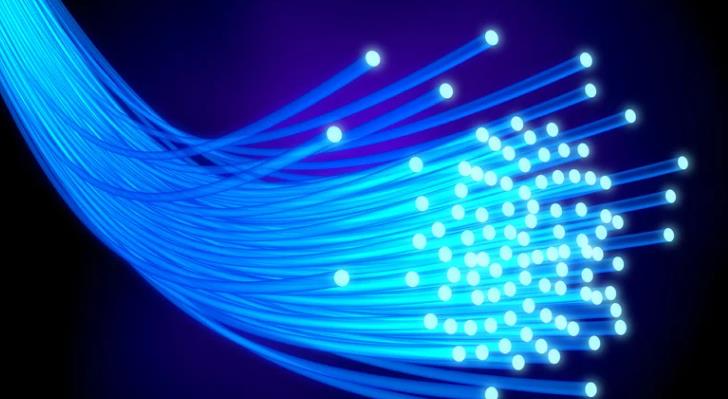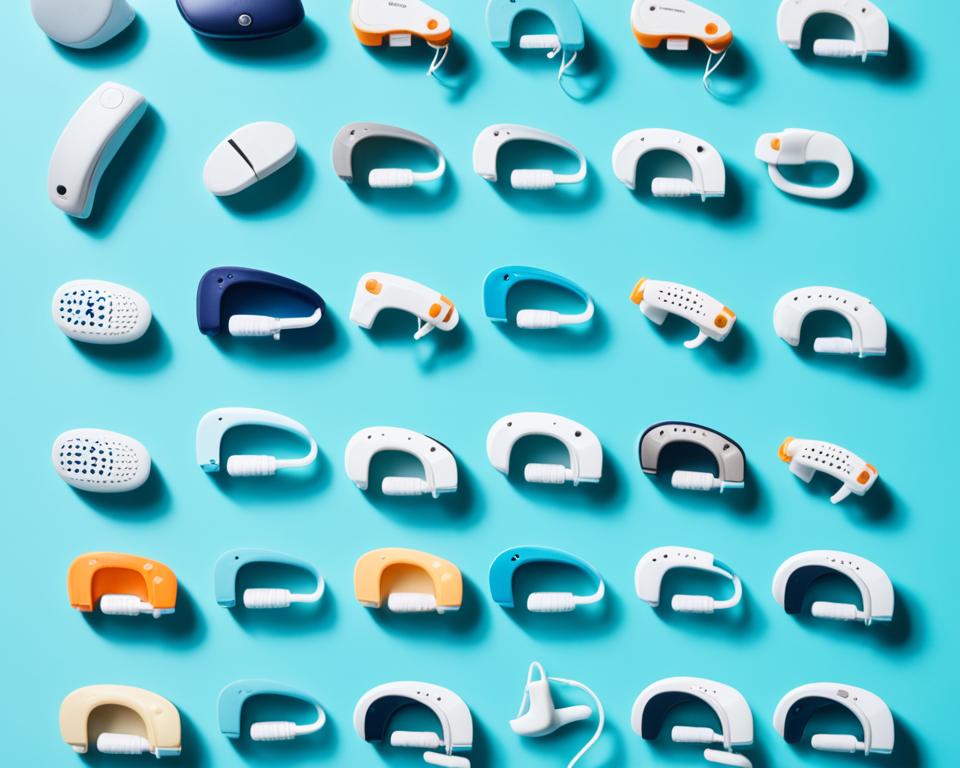
Living Optical Fibers Expand The Use Of Photonics For Bioengineering+
Optical Fibers
(Spotlight on Nanowerk) Glass is one of the earliest human-made materials, with glassmaking dating back at least 6000 years, long before humans understood how to process iron. Glasses have been made from the chemical substance silica, also known as silicon dioxide or quartz, which is the main component of sand. Soda-lime glass, which contains about 70% silica, accounts for over 90% of all made glass.
Glasses have long been used for ornamental purposes, as window panes, domestic objects, and in optics, such as spectacles, microscopes, and telescopes. Glass was first utilised in the construction of fibre optic cables in the 1950s, a technique that transformed the communications sector and helped usher in the digital age.
Fiber optic connections send a signal through a transparent material, commonly glass, as a pulse of light. Scientists employ optical fibres for sensing purposes by shining light into a sample and analysing the absorbed or transmitted light in numerous healthcare and biological applications. Opogenetics, a neuromodulation technology that employs illumination with different wavelengths of light to activate or deactivate brain cells in order to cure brain illnesses, is a recent breakthrough in this discipline.
Opogenetics, a neuromodulation technique that uses light of various wavelengths to activate or deactivate brain cells in order to treat brain diseases, is a new development in this field.
Biocompatibility Optical Fibers
Researchers have employed hydrogels instead of silica fibres to produce optical fibers since silica fibres have low biocompatibility and are not biodegradable, making them unsuitable for disciplines like optogenetics. Water, which makes up the majority of hydrogels, is a good light conductor in air. The ability of these light-guiding hydrogels to integrate tissues, stimulate cells, and sense a variety of events has been demonstrated (read more: “Hydrogel implant enables light-based communication with cells inside the body”).
“The trouble with hydrogel optical fibers is that they can’t be adjusted after they’re made,” Carlos Guimares, the paper’s first author, tells Nanowerk. “They’re ‘baked’ using UV radiation to establish permanent bindings of the components.” “We took a multidisciplinary approach to this problem, combining optics, bioengineering, and nanotechnology to create a live optical fibrers with a variety of applications, including cancer models, physical force sensing, and covid detection, among others.”
Bio-Acoustic MEMS
Scientists from the 3B’s Research Group (Biomaterials, Biodegradables, and Biomimetics) at the University of Minho in Portugal, as well as members of the Bio-Acoustic MEMS in Medicine Labs (BAMM) at the Canary Center for Early Cancer Detection under the Department of Radiology at Stanford University School of Medicine, published their findings in Advanced Materials (“Engineering Polysaccharide-Based Hydrogel Photonic Constructs: From Multiscale Detection to the Biofabrication of Living Optical Fibers”).
This work shows how to make optical fibers from of biological materials in a simple and low-cost way. These fibres may easily customised for various purposes and do not require complex equipment to provide useful data. Many practical sensing and biological modelling applications might benefit from this strategy. Given that the majority of cell and tissue analysis done using time-consuming and expensive methods like sample-destructive methods and staining, as well as complex microscopy, this novel approach will digitise biology by allowing researchers to investigate complex cell phenomena using a simple light source and collector.
Hydrogel Photonic
“Moreover, the use of hydrogel photonic constructs is ideal for understanding complex and large-scale phenomena over time,” says Guimares, “because living entities can proliferate in the engineered environment and form large living structures like fibroids, and analysis can done extremely quickly and without sample destruction.”
“This enables for improved response tracking as well as a significant decrease in the use of materials and biological reagents. Furthermore, having a platform constructed entirely of soft, biodegradable materials can minimise the large usage of cell culture plastics now used in biological studies, allowing for more environmentally friendly laboratory procedures.”
“We employ a natural, ionic, and biologically compatible cross-linking technique,” Guimares continues, “which allows us to manufacture flexible hydrogel fibres in continuous multi-layered structures, meaning they’re easy to make and modify after creation.”
“The core hydrogel of our constructions, like silica fibres, can exposed, fused to another fibre, or reconstructed if they break. And efficiently channel light through the established link.”. These sugar-based flexible hydrogel fibres function similarly to solid-state optical fibres in data transmission. They are, nevertheless, biocompatible, allowing them to easily incorporated into biological systems.
Optical Information
“We could even consider them alive,” Guimares says, because they can used to create living cells inside the fibre. “As these implanted cells expand over time, we may use light to provide information on live dynamic processes, such as tracking cancer invasive expansion into optical information,” says the researcher.
The researchers used ionic-crosslinked polysaccharides in their wet-spun multi-layer hydrogel fibres (sugars). These sugars, such as alginate and gellan gum, may handled as liquid precursors. And electrostatic interactions connect the polymeric chains in a 3D hydrated mesh. When they come into contact with ions, such as calcium. The 3B Research Group, lead by Prof. Rui Reis, has long explored these hydrogels for tissue engineering and regenerative medicine applications.
Reis and Prof. Utkan Demirci, who presently runs the Canary Center for Early Cancer Detection within the Department of Radiology at Stanford University School of Medicine, collaborated on this project.
3D Printing Flow Nozzles
This technology is strong enough to manufacture flexible hydrogel fibres utilising microfluidic-based technologies and 3D printing flow nozzles.
“Even though these materials haven’t used to guide light before because they’re typically lossy (high water content and low refractive index. As opposed to classic silica), we discovered that by tweaking the concentration of the polymers, we were able to tweak. The refractive index slightly enough to improve light containment and guidance. By using core and coating layers with varying refractive indices,” Guimares explains.
The team was able to readily alter fibres because to the properties of this unique material. They can, for example, break them in half and reassemble them, or fuse them with other fibres to form multi-armed structures that can branch out and report on 3D force and shape.
Nanoparticles
Another noteworthy feature of these hydrogel fibres is their permeable mesh. Which allows biological targets of interest to included for detection. For example, the researchers discovered that fibres could absorb SARS-CoV-2 viruses, and that by incorporating nanoparticles. For their binding and detection, visible light changes could detected to identify viral particle concentration within the fibre.
“When light passing through the fibre collides with living cells, its features alter based on cellular density. Invasive growth, chemical expression, and so on,” Guimares explains. “This light-cell interaction can digitise complicated biological processes, translating reactions like cancer cell growth. In 3D settings and medication sensitivity into numbers and data quickly and without destroying samples.”
The team is now trying to push the limitations of this technology. After demonstrating its feasibility by demonstrating the capacity to analyse a variety of cell features. They’re looking at additional specific criteria that might help them recognise complex cell activity. Like cell metabolism and disease development, for example.
Multi-Compartment Hydrogel Fibers
“Having multi-compartment hydrogel fibres in the case of cancer will allow us to obtain multi-cellular environments. Where more complex biological models of the cancer microenvironment, which we now know is very important for metastasis. Can be integrated into the fibre to obtain evermore relevant responses that can approach the living body,” Guimares explains. “We’re also looking forward to using these fibres to simulate diverse organs and tissues. Such as the brain (neural tissue), heart (contractile muscle), and gastrointestinal tract. As well as other endothelial tissues,” says the researcher.
“The future of biomedical research will become increasingly reliant. On massive data sets and machine learning,” says Demirci, the study’s lead author. “It’s thus vital to identify ways to digitise biology to turn live events more effectively into quantifiable, measurable data.”
“Tissue engineering’s key goal is to develop more basic universal tools. That can create useful data while being simple and affordable. We envision this platform as a tool that can help more scientists across the world. Have access to bioengineering, tissue engineering, and in vitro 3D modelling.”








